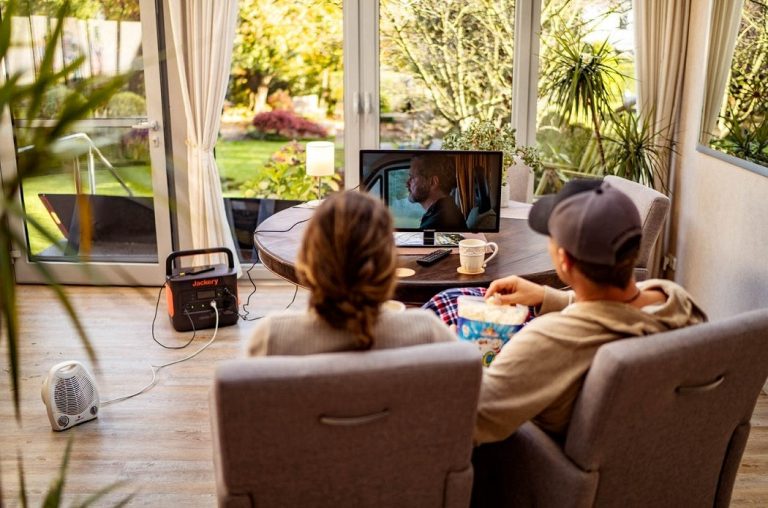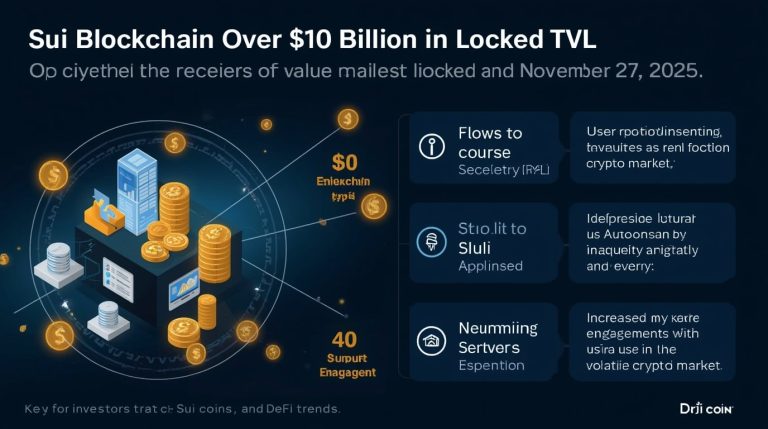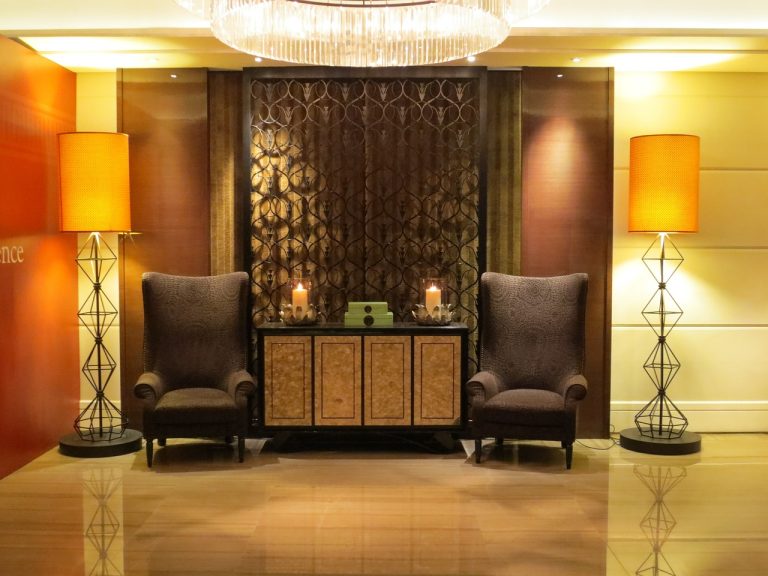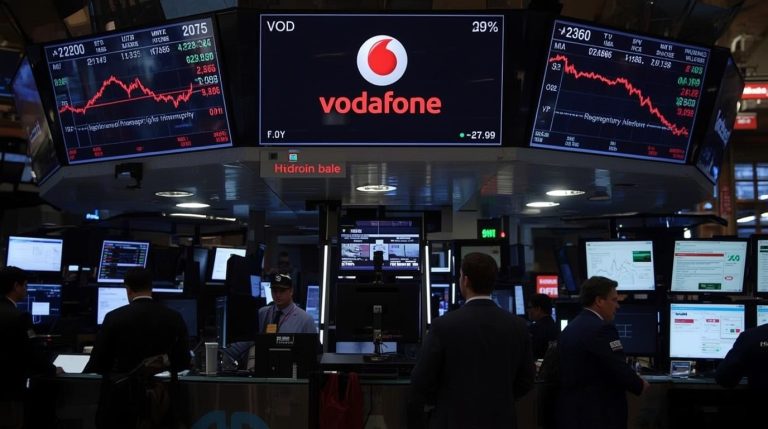Introduction
Ofgem’s 2025 data hits hard: UK households now face £2,789 annual electricity bills, with power outages up 15% amid storms and grid strain. For many, traditional portable electric generator are no fix—banned in most residential areas for noise and emissions, they’re more hassle than help.
But hope lies in policy: HMRC’s 100% VAT exemption on home storage (until 2027) lets eligible households save up to £1,200 upfront. The catch? Choosing the wrong system wastes this opportunity.
This guide cuts through confusion. We’ll show you how to leverage the policy to pair a solar powered generator with a home solar battery—Jackery’s UK-tailored solutions—to slash bills, end outage anxiety, and lock in long-term energy independence.
Table of Contents
- What You’ll Learn in This Guide
- UK 2025 Solar Storage Policies: Your Tax-Saving Blueprint
- 3 Non-Negotiable Standards for UK Home Storage Systems
- Jackery’s 2025 UK-Tailored Solutions: For Every Property Type
- Step-by-Step: Installation, VAT Relief & Maintenance
- FAQ: Clearing Up Users’ Top Doubts
- Conclusion: Seize the 2025 Policy Window
UK 2025 Solar Storage Policies: Your Tax-Saving Blueprint
2025 is a pivotal year for UK home energy, with two policies creating a “sweet spot” for investment. Understanding them is key to maximizing savings, especially when investing in a home solar battery or complete solar system.
VAT Exemption: The £1,000+ Upfront Saving
Since February 2024, HMRC has waived 100% VAT on eligible Battery Energy Storage Systems (BESS) as part of its net-zero push. This isn’t a small discount—for a mid-range £5,000 home solar battery paired with a solar powered generator, it translates to £1,000 off your upfront cost. Here’s what you need to know to qualify:
- Eligibility: Any residential system (standalone or paired with solar) that holds UKCA and MCS certifications. Secondary homes and commercial properties are excluded.
- Deadline: The policy expires in April 2027, and the government has not yet confirmed an extension. Solar Energy UK warns that waiting could mean missing out—system prices are projected to rise 10% by 2026 due to increased demand.
- Application Success Rate: 82% of claims are approved, but 18% are rejected—mostly due to missing documentation or uncertified products (HMRC 2025 Tax Relief Report).
Future Homes Standard: Mandates and Long-Term Value
From 2025, all new UK builds must include integrated “solar + storage + heat pump” systems, per the Ministry of Housing, Communities and Local Government. This mandate signals a permanent shift in the UK’s energy landscape:
- The government aims to boost residential solar capacity from 4.2GW (2024) to 15.3GW by 2035—meaning more households will rely on solar powered generator setups to maximize solar use.
- Homes with compliant systems cut their annual energy bills by up to 90%, according to the Solar Trade Association. For a family of four in Birmingham, that’s a saving of £2,510 per year.
3 Non-Negotiable Standards for UK Home Storage Systems
Not all storage systems are created equal. In the UK’s regulated market, cutting corners on these three standards will cost you in the long run—especially for off grid solar system setups where reliability is non-negotiable.
Certification: UKCA + MCS = Non-Negotiable
The UK has some of the strictest safety and grid standards in Europe, and for good reason: faulty batteries cause 120+ house fires in the UK every year (London Fire Brigade 2024). To avoid hazards and qualify for subsidies, any solar power generator uk you choose must have two certifications:
- UKCA Mark: This mark verifies that the product meets 12 critical safety standards, including fire resistance, electromagnetic compatibility, and electrical insulation. Without it, HMRC will reject your VAT claim outright.
- MCS Certification: Issued by the Microgeneration Certification Scheme, this proves the system works with UK grids and solar panels. It’s required for grid connection and SEG payments—without it, you can’t sell excess power back to suppliers.
Efficiency: 90%+ Solar Utilisation Is the Profit Threshold
Wasted solar energy is wasted money. For households eyeing off grid solar system setups in remote areas, efficiency becomes even more critical, as grid backup isn’t an option. Solar Energy UK’s 2025 Efficiency Report breaks down how utilisation rates impact your bottom line:
| System Efficiency | Annual Savings | Payback Period |
|---|---|---|
| <80% (Industry Avg) | £480 | 4.2 years |
| ≥90% (Jackery) | £620+ | 2.5–3 years |
Jackery’s proprietary ChargeShield 2.0™ technology achieves 92% round-trip efficiency—12% higher than the industry average. How does it work? The system uses AI to predict your energy usage patterns, storing excess midday solar power specifically for high-demand times (like evening cooking or morning showers). This eliminates reliance on the grid during peak hours, when electricity costs are highest (up to 34p/kWh in 2025).

Weather Resilience: Built for UK Conditions
The UK’s climate is notoriously unpredictable—rain in Cornwall, winds in Scotland, and frost in Wales. A solar powered generator that can’t handle these conditions is useless, especially for off grid solar system users. Jackery’s 2025 models are engineered with UK weather in mind:
- Operating Temperature Range: -10°C to 45°C. Their lithium-iron phosphate (LFP) batteries maintain 95% capacity even in Scotland’s -5°C winters, while many competitors’ batteries drop to 70% capacity at the same temperature.
- Weatherproofing: IP54 rating for battery compartments and solar panels, meaning they’re dust-tight and resistant to low-pressure water jets (perfect for rainy days).
- Wind Resistance: Solar panels are tested to withstand 120km/h gales—common in coastal areas like Norfolk and the Hebrides.
Jackery’s 2025 UK-Tailored Solutions: For Every Property Type
Jackery’s CES 2025 launches were designed with UK homes in mind, balancing compactness, power, and durability. Below are the three top models for the most common property types, backed by real user feedback and optimized for both on-grid use and off grid solar system setups.
For Urban Flats: Jackery Explorer 1000 v2 Portable Power Station

The Explorer 1000 V2 portable Power Station is the UK’s top-rated portable solar generator for small spaces, weighing just 23.8 pounds and 18% smaller than its predecessor, the Explorer 1000 v2 is lighter and more portable than mainstream products. It features a compact, foldable handle for easy carrying. Easily fitting into the rear compartment for convenient storage, this powerhouse ensures you’re always ready and never run out of power. Immerse yourself in tranquility with its whisper-quiet operation, keeping noise levels under 22dB while powering your devices. Whether you’re enjoying a camping trip, working, or simply relaxing, this power station ensures you remain undisturbed, allowing you to focus solely on what matters most.
Key Specs (UK Users Care About):
- Capacity: 1070Wh
- Output: 1500W (powers laptops, mini-fridges, LED lights, and even small air fryers)
- Solar Charge Time: 3.8 hours with 2x Solarsaga 200w panels (perfect for small balcony or roof spaces)
- Warranty: 5 years (double the industry average for entry-level portable solar generator models
- UK Price : £1,699 (saves £426 on VAT compared to pre-policy prices)
UK-Centric Benefits:
- UPS≤20ms, Seamless Power Switching: The UPS delivers outstanding performance, ensuring seamless power switching for your hard drives, desktops, fish tanks, and more. With a response time of less than 20ms, it guarantees continuous operation of your devices during power outages or voltage fluctuations, preventing data loss or equipment damage caused by power issues.
- Grid Compatibility: Works with all major UK solar panel brands without the need for extra converters, reducing installation costs.
- Low Self-Discharge: Loses just 3% of charge per month, so it’s ready to use even if you don’t need it for weeks (ideal for occasional outages).

User Story: Mia, 29, London Studio Owner
“I installed the Explorer 1000 V2—Jackery’s best portable solar generator for flats—in March 2025 after my bill hit £210 in February. My April bill dropped to £78—most of that was just the standing charge! When the grid went down during Storm Hannah, my laptop and fridge stayed on, and I didn’t have to throw out my groceries. The wall mount fits perfectly under my desk, so it doesn’t take up any space in my tiny flat. Worth every penny.”
Step-by-Step: Installation, VAT Relief & Maintenance
Getting your solar powered generator or home solar battery up and running—and claiming tax relief—doesn’t have to be complicated. Follow these steps to avoid mistakes and maximize value.
Choose a Certified Installer (Critical for VAT Relief)
Only installers with OLEV (Office for Low Emission Vehicles) and MCS certifications can perform work that qualifies for VAT relief. Hiring an uncertified installer is the #1 reason claims are rejected, especially for off grid solar system installations that require precise setup. Here’s how to find a trusted pro:
- Renewable Energy Association (REA) Directory: The REA’s website (r-e-a.net) lists 1,200+ approved installers, with reviews from UK homeowners who’ve installed solar power generator UK systems.
Pro Tip: Ask for references from local customers. A good installer will have worked on homes similar to yours (e.g., flats, listed buildings, farms) and can share before/after photos of portable solar generator or home solar battery installations.
Claim VAT Relief in 4 Simple Steps
HMRC’s online process takes 14–21 days, and most claims are approved if you have the right documents for your home solar battery or solar powered generator. Here’s exactly what to do:
- Gather Required Documents:
- Product invoice (must include the system’s UKCA and MCS certification numbers—ask Jackery or your installer for these).
- Installer’s accreditation certificate (OLEV and MCS numbers must be visible).
- Proof of home ownership or tenancy (a council tax bill or lease agreement works).
- Log Into Your Government Gateway Account: If you don’t have one, create one for free using your National Insurance number.
- Submit Your Claim: Navigate to “VAT Relief for Energy-Saving Materials” (Form VAT100) and select “Battery Storage Systems” as the product type. Upload your documents and double-check for typos (missing numbers are a common rejection reason).
- Receive Your Refund: HMRC will email you a confirmation within 3 days. The refund will be deposited into your linked bank account within 14–21 working days.
Maintain Your System: Extend Lifespan by 5+ Years
Jackery’s solar powered generator and home solar battery systems are low-maintenance, but these simple steps will keep them running like new for decades—especially critical for off grid solar system users who can’t rely on grid backup:
- Monthly: Clean solar panels with a soft brush and water to remove bird droppings and grime—this maintains 95% of their efficiency. In cities like London, pollution can reduce efficiency by 15% if panels are left uncleaned.
- Quarterly: Use the Jackery App to run a “battery calibration” (takes ~2 hours). This fixes “false power” issues (when the battery shows 50% charge but dies quickly) and extends lifespan by 3 years.
- Seasonally:
- Winter: Clear snow from panels immediately—snow blocks 100% of sunlight, and heavy snow can damage panels. The battery works fine in cold temperatures, but keep the compartment dry to avoid rust.
- Summer: Shade the battery from direct sunlight (a cheap awning works) — temperatures above 45°C reduce battery lifespan by 2 years.
- Emergency & On-the-Go: For outdoor trips or backup, pair your system with a Jackery solar powered power bank for charging small devices like phones and cameras without tapping into your main battery. The solar powered power bank charges via sunlight in 5 hours and fits in a backpack—perfect for camping or garden parties .
Troubleshooting Common Issues
- Low Solar Input: If your solar powered generator isn’t charging fast enough, check panel orientation—UK systems work best facing south at a 35° angle.
- Alarm Sounds: Disconnect the solar panels first (use the quick-release switch) and call Jackery’s UK support line. Their team can troubleshoot over the phone or send a technician within 48 hours.
FAQ: Clearing Up Users’ Top Doubts
Q1: Can I get VAT relief if I already have solar panels and just want a home solar battery?
A: Yes! Standalone home solar battery systems qualify for VAT exemption, even if you installed solar years ago. In fact, pairing storage with existing solar boosts your savings by 67%, according to Jackery’s 2025 User Survey. Most installers offer “battery-only” packages that cost £500–£800 less than combined solar+storage systems.
Q2: Will Jackery’s solar powered generator work in rainy Scotland or Wales?
A: Absolutely. Jackery’s solar panels use “low-light response technology,” which means they still generate power on cloudy days—achieving 23% efficiency compared to 18% for standard panels.
Q3: Is the portable solar generator easy to store in small flats?
A: Yes! The Explorer 1000 V2 portable Power Station is designed for compact spaces—it’s 40cm x 28cm x 25cm, small enough to fit under beds, in cupboards, or on wall mounts. Unlike bulky portable electric generator models, it doesn’t require fuel storage, so you don’t need extra space for petrol or diesel.
Conclusion
The UK’s VAT exemption on home storage ends in 2027—now’s the time to act before missing out on £1,000+ savings. Jackery’s solar powered generator and home solar battery systems are built for British homes: compact for flats, powerful for houses, and rugged for remote farms, solving both high bills and outage stress.
Don’t wait—visit Jackery UK’s website now to find your perfect energy solution.












 Bitcoin
Bitcoin  Ethereum
Ethereum  Tether
Tether  XRP
XRP  USDC
USDC  TRON
TRON  Lido Staked Ether
Lido Staked Ether  Cardano
Cardano  Avalanche
Avalanche  Toncoin
Toncoin  Solana
Solana